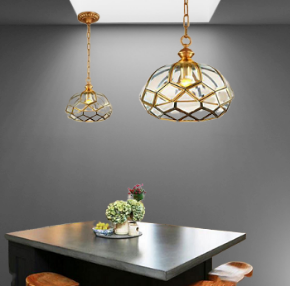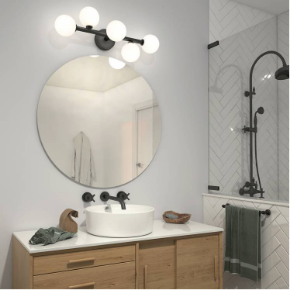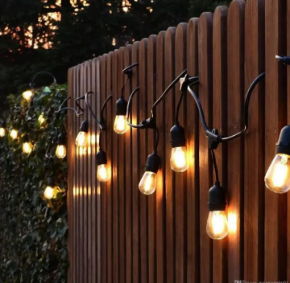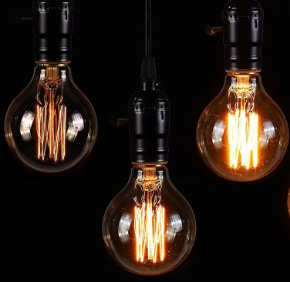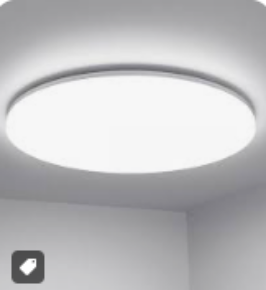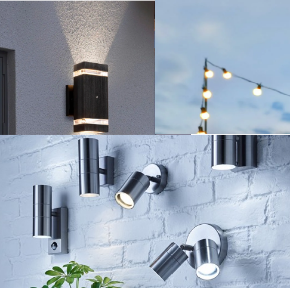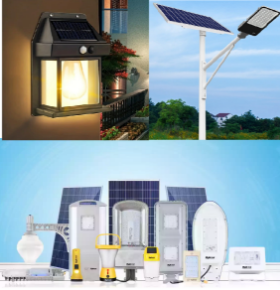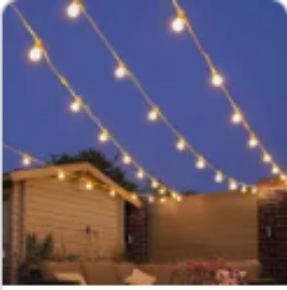Getting Started – Make a Lighting Plan
Creating a lighting plan for your garden is crucial for achieving the desired ambience. Begin by sketching a simple garden map, marking key features like trees, ponds, and pathways. Decide which elements to highlight and which to keep in the shadows. Incorporate a mix of fixed and movable lights to adapt to changing seasons and plant growth. Consider different lighting techniques, such as downlighting for patios and uplighting for trees, to create varied effects. A well-thought-out lighting plan enhances your garden's beauty and ensures functionality and safety.

Different Lighting Effects
Different types of outdoor lighting create various effects, enhancing the beauty and functionality of your garden.
Downlighting: Downlighting is ideal for illuminating areas like doorways, patios, and decks, providing essential visibility and a welcoming ambience. By installing smaller downlights, you can also highlight specific plants or garden features, adding depth and interest to your outdoor space. These lights can be attached to structures such as benches, pergolas, or even trees, casting a gentle glow that defines and enhances the garden’s layout. The key to effective downlighting is to place the lights at strategic points, ensuring they illuminate desired areas without causing glare.
Uplighting: Uplighting creates a dramatic and visually striking effect by illuminating objects from below. This technique is particularly effective for showcasing statues, mature trees, and other prominent garden features, making them stand out against the evening sky. By positioning uplights at the base of these objects, you can create bold shadows and highlights that add depth and dimension to your garden. Uplighting not only enhances the aesthetic appeal of your outdoor space but also provides functional lighting, making key features more visible and attractive during nighttime.

Crosslighting: Crosslighting is a technique that involves placing spotlights on opposite sides of a garden feature to make it a central focal point. This method creates balanced illumination, reducing harsh shadows and providing a comprehensive view of the feature. Crosslighting is ideal for highlighting statues, fountains, or large plants, ensuring they are visible from multiple angles. By carefully positioning the lights, you can enhance the depth and texture of the feature, making it stand out in your garden landscape. This effect is particularly striking when used to illuminate architectural elements or significant plants.
Spotlighting: Spotlighting involves using a directional light or uplight to highlight a specific object or area in your garden. By positioning the light some distance away from the feature, you can draw attention to its unique characteristics and create a dramatic focal point. This technique is ideal for emphasizing sculptures, water features, or distinctive plants. The focused beam of light ensures that the highlighted object stands out against the darker surroundings, adding visual interest and depth to your garden. Properly placed spotlights can transform ordinary features into stunning highlights, enhancing the overall aesthetic of your outdoor space.
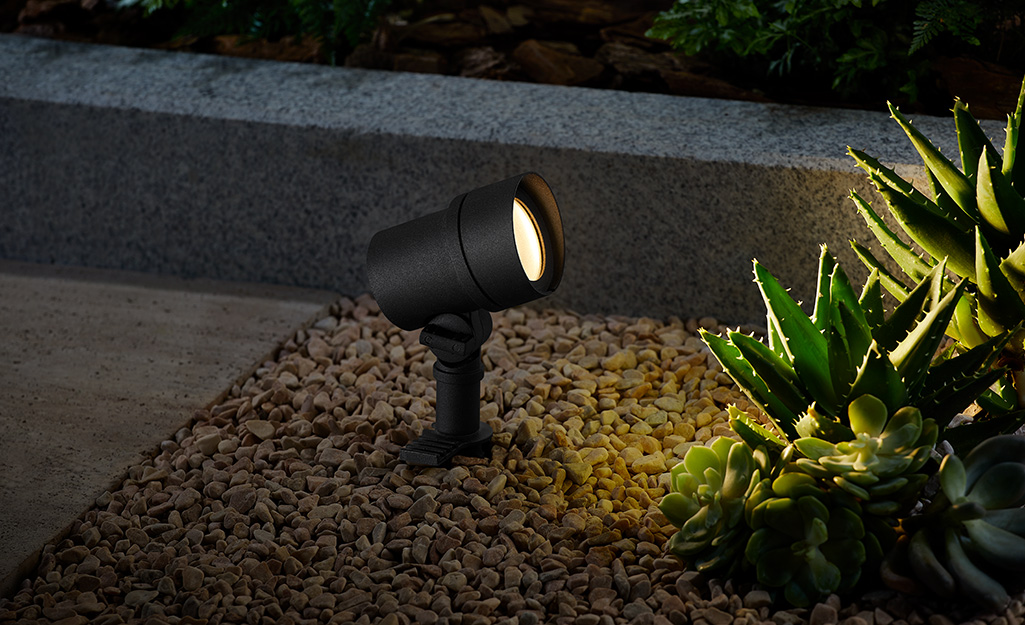
Washing: Washing is a lighting technique that creates a soft, even glow over a large surface, such as a wall or hedge. By placing a light at the base of the surface, you can produce a gentle, diffuse illumination that enhances the texture and color of the area. This effect is perfect for creating a calm and inviting atmosphere in your garden. Washing is often used to highlight garden boundaries or large plantings, providing a backdrop that enhances other features. The subtle glow created by washing adds warmth and depth to your outdoor space without overwhelming it with harsh light.
Shadowing: Shadowing involves projecting the silhouette of an interesting garden feature onto a wall or fence by angling a spotlight at its base. This technique creates intriguing and dynamic visuals, adding depth and character to your garden. By carefully positioning the light, you can enhance the natural shapes and forms of the feature, casting captivating shadows that change with the angle of the light. Shadowing is particularly effective for highlighting unique plants, sculptures, or intricate architectural elements. It adds a layer of visual interest and mystery to your garden, making it more engaging and appealing.
Grazing: Grazing is a technique used to highlight the texture of a surface, such as stonework or brick walls, by placing uplights right next to it. The light grazes the surface, emphasizing its natural texture and creating a play of light and shadow that adds depth and interest. This method is ideal for showcasing the unique qualities of your garden’s hardscaping elements, making them more prominent and visually appealing. Grazing can transform ordinary walls into striking features, enhancing the overall ambiance of your outdoor space. The subtle interplay of light and shadow adds a sophisticated touch to your garden’s design.
Silhouetting: Silhouetting involves placing a light source behind a garden feature to create a striking silhouette against a softly lit background. This technique is effective for highlighting the shapes and outlines of plants, sculptures, or other structures, making them stand out dramatically in the garden. By positioning the light between the feature and an adjacent structure, you can create a bold contrast that draws attention to the feature’s form. Silhouetting adds a dramatic and artistic element to your garden’s nighttime appearance, creating visually captivating scenes that enhance the overall aesthetic of your outdoor space.

Mirroring: Mirroring is a technique that involves lighting a feature on the far side of a body of water, creating a reflection in the water’s surface. This effect doubles the visual impact of the feature, making it appear larger and more prominent. Mirroring is particularly effective for enhancing the beauty of ponds, fountains, and other water features in your garden. By carefully positioning the lights, you can create a serene and enchanting scene that highlights the tranquillity and elegance of your outdoor space. The reflected light adds depth and a sense of magic, transforming your garden into a captivating nighttime retreat.
Halogen vs LED
For more powerful lighting, choose LED over halogen. LEDs cost more upfront but last longer and use less energy, saving money over time. Check out our Searchlight and Endon ranges for the latest in stylish outdoor LED lights.
Safety First
The main priority of garden lighting is safety.
Illuminate Hazards Make sure potential tripping hazards are well-lit, including steps and low walls. Recessed lights work well here, providing low-level lighting without being obtrusive. Brands like Endon, Firstlight, and Searchlight offer suitable walkover lights for these areas.
Choose a High IP Rating Use lights designed for outdoor use. Look for an IP rating of at least 4 to ensure protection against water. If unsure, consult an expert.
Take Precautions
If installing lighting yourself:
- Turn off the mains power at the consumer unit.
- Use a socket tester to check circuit safety.
- Protect circuits with a high-sensitivity residual current device and control with a double pole isolating switch.
- Run cables underground (450mm deep under patios/paths, 750mm under lawns/flowerbeds).
- Test all work with a socket tester before use.
If unsure, hire a professional electrician to ensure safety.

